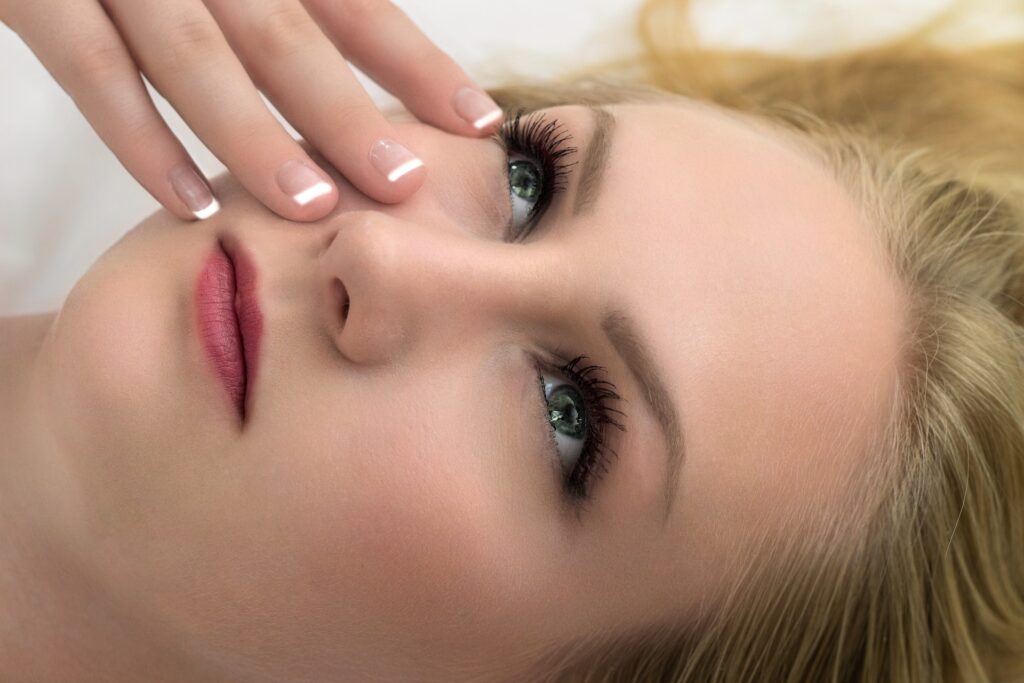Are you tired of feeling self-conscious about those frown lines on your forehead? Do you find yourself staring in the mirror, wondering what you can do to smooth out those wrinkles? If so, you’re not alone. Fortunately, there are options available to help you achieve a more youthful and vibrant appearance.
It can be difficult to know where to start, especially with so many options. So, keep reading if you’re ready to say goodbye to those pesky frown lines! We’ll delve into the differences between botox and fillers and provide you with the knowledge you need to decide which treatment is best for you.
Understanding Botox and Fillers: What Goes Where?
Many people seek out fillers when Botox could be more effective, or vice versa. The key to choosing the right treatment is understanding when and where each one is appropriate.
According to Dr. Stephen Hess, MD, medical director of Center City Dermatology, many people ask for the wrong treatment because they don’t fully understand their options.
So, how can you keep Botox and fillers straight?
It’s simple: divide the face in half. Botox is typically used in the upper part of the face, while fillers are usually injected into the lower part of the face.
Which Treatment Is Right for You?
Botox and fillers are two popular options for improving your skin’s appearance. But what’s the difference between these two treatments, and how do you know which one is right for you?
Let’s find out!
- Botox
Botox, which contains the botulinum toxin known as onobotulinumtoxinA, is typically used to smooth out wrinkles and lines caused by facial expressions like frowning, smiling, and squinting. It works by temporarily paralyzing the muscles that cause these lines.
According to the American Board of Cosmetic Surgery, neurotoxin treatments like Botox are the most popular cosmetic procedure in the U.S.
In addition to cosmetic purposes, neurotoxins are used to treat different medical conditions such as chronic migraine, lazy eye, excessive sweating, and bladder dysfunction, according to the Mayo Clinic. When these products are injected, they block signals that contract the muscles under your skin, temporarily paralyzing them. This paralysis prevents wrinkles from forming on the skin above.
If you’re considering Botox or fillers, it’s important to understand how these treatments work and what to expect. Dr. Rebecca Baxt, MD, MBA, medical director of Baxt Cosmedical in New Jersey, explains that when Botox is properly injected, it weakens the muscles, resulting in fewer lines on the skin.
If you’re looking to eliminate wrinkles such as crow’s feet or the “11s” between your eyebrows, Botox isn’t your only choice. Although Botox was the first neurotoxin brand to become available, several FDA-approved alternatives exist, including Dysport, Jeuveau, and Xeomin.
- Fillers
As you age, you may notice that certain areas of your face lose volume, leading to an unflattering appearance. Fillers are substances designed to combat this phenomenon by adding volume to the affected areas.
The American Society of Plastic Surgeons notes that fillers can address various concerns, such as enhancing thin lips and shallow facial contours, minimizing the appearance of scars, and smoothing out wrinkles and creases.
The American Society of Plastic Surgeons lists several types of fillers that are commonly used for cosmetic treatments.
- Hyaluronic acid is versatile and can be used for acne scars, frown lines, and vertical lines around the lips.
- Calcium hydroxylapatite is effective for nasolabial folds, marionette lines, and frown lines.
- Polyalkylimide is a semi-permanent filler that can plump lips, fill in deep wrinkles, and restore volume to cheeks.
- Polylactic acid is used for deep wrinkles and plumping lips.
- Polymethyl-methacrylate microspheres (PMMA) is a more long-lasting filler that can treat acne scars, deep wrinkles, and thin lips.
It’s important to note that fillers tend to last longer than botulinum toxin injections. While some last around six months, others, such as Bellafill, a PMMA filler approved for use up to five years, can last for two years or even longer.
So, Which One is Better Between Botox and Fillers?
When deciding between Botox and fillers, the right choice depends on your individual needs and goals for treatment. It’s important to consult with a qualified physician who can guide you toward the appropriate product without causing any unwanted effects.
For example, using Botox around the mouth can lead to muscle seepage and drooping lips.
According to Debra Jaliman, MD, a dermatologist and assistant professor of dermatology at the Icahn School of Medicine at Mount Sinai, crow’s feet are typically treated with Botox. In contrast, smile lines are treated with filler. However, in certain cases, she and other providers may strategically use both Botox and filler in a specific area to achieve the best results.
Your physician can help you choose the right products for your concerns and explain the reasoning behind their recommendations. It’s important to ask questions and understand the treatment process, as your needs may change over time. By understanding the differences and making an informed decision, you can achieve the desired outcome without adverse effects.

